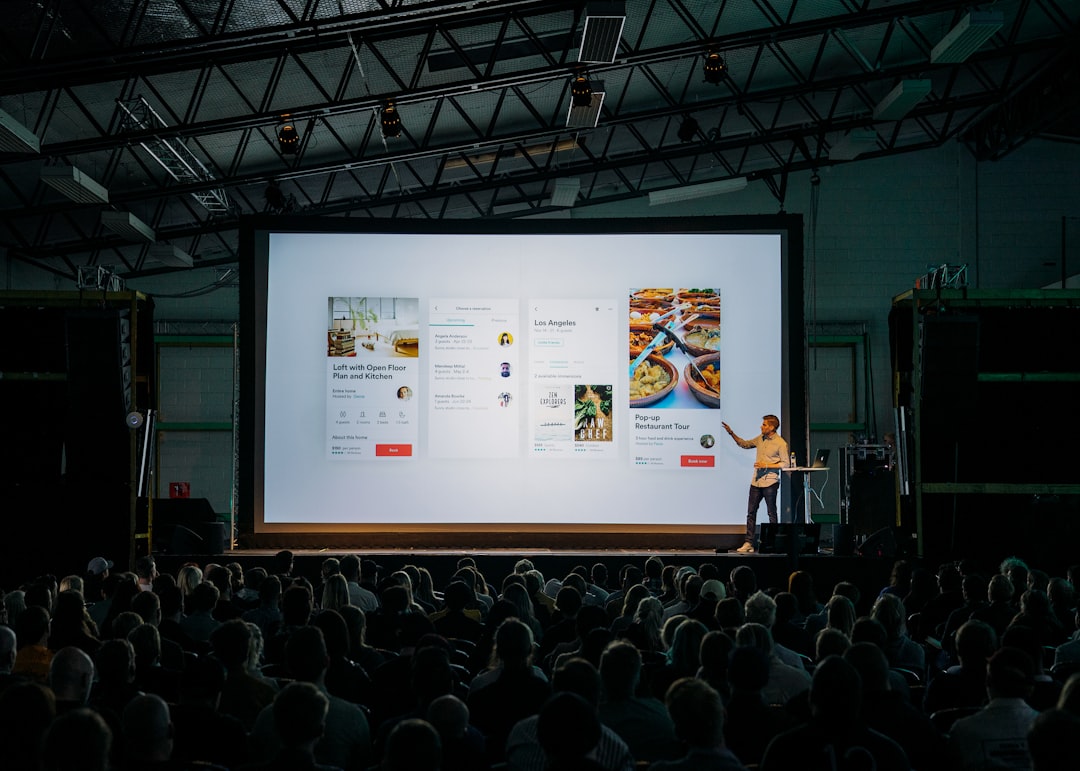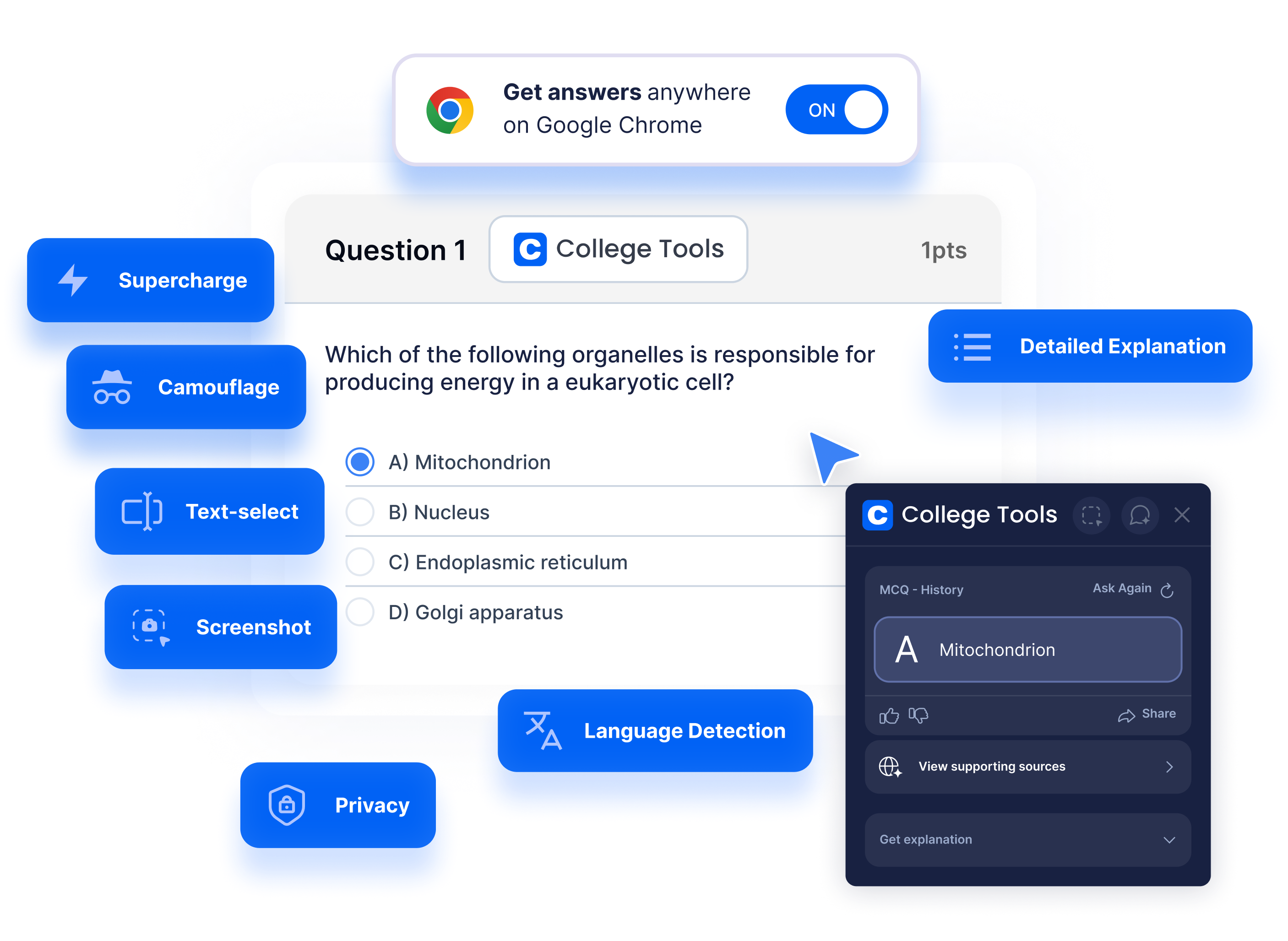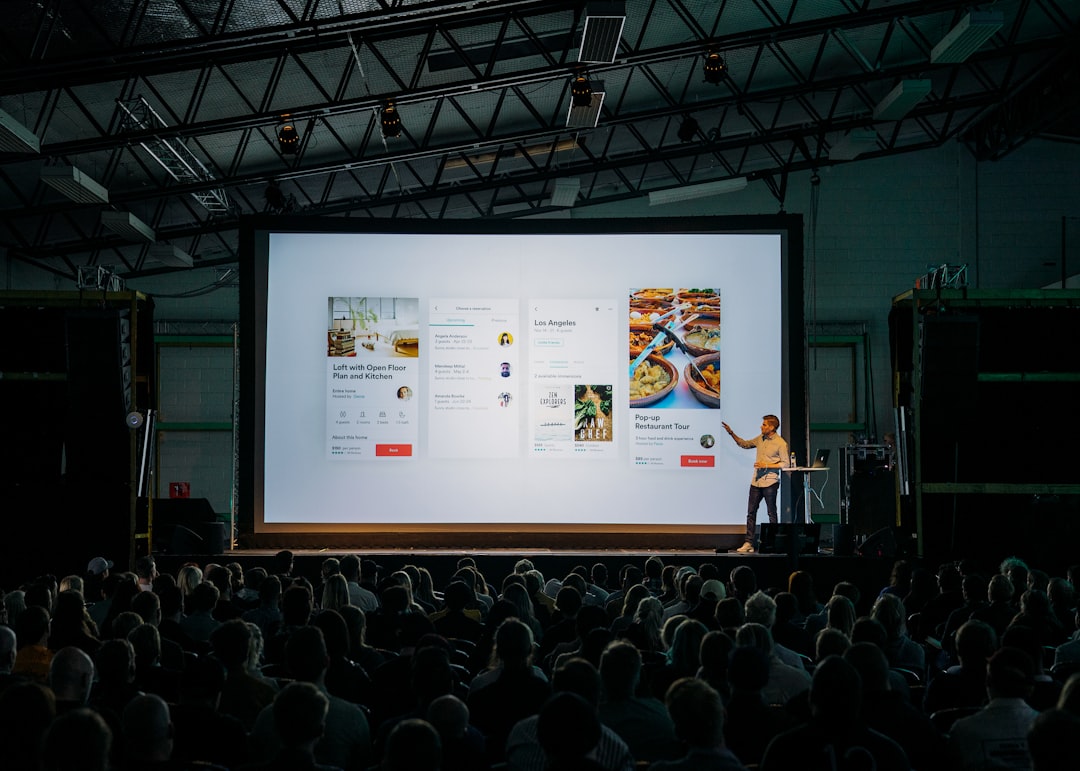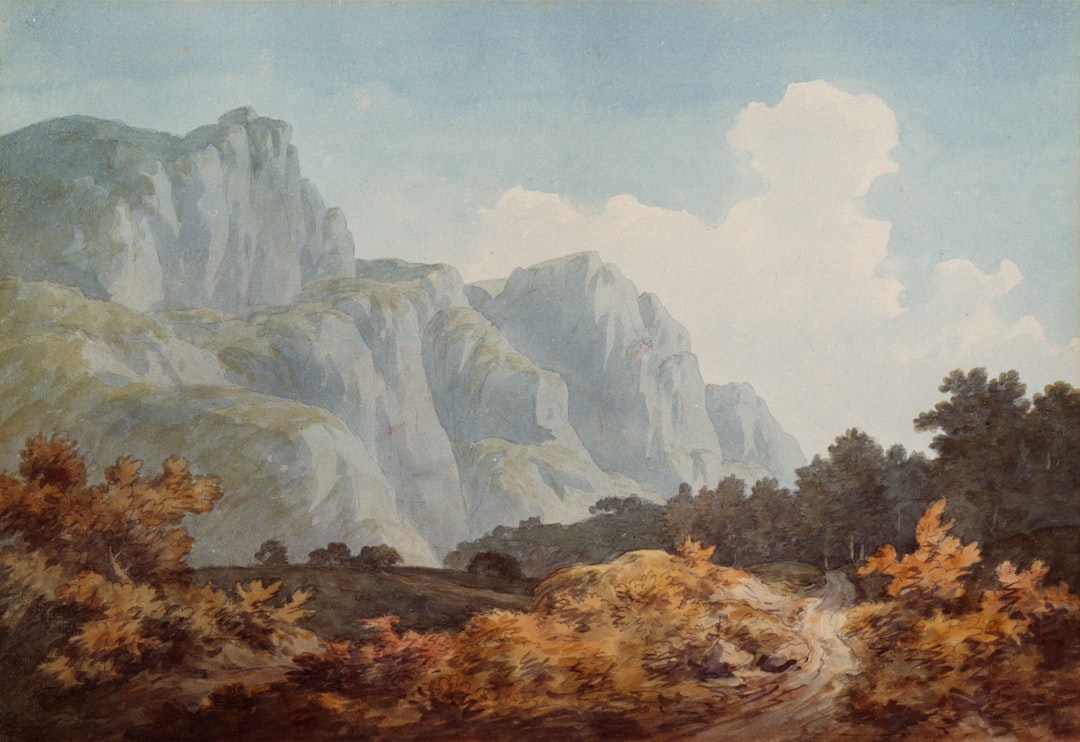The intersection of arts, humanities, and artificial intelligence (AI) forms an interesting perspective, particularly when applied to enhancing presentation skills. Innovations in technology have expanded the horizons of pedagogical tools, creating exciting new avenues for students and professionals alike. Today, 'presentation hacks' are all the rage when it comes to delivering impactful and engaging presentations. With the assistance of technological advancements like AI, these methods are continually evolving.
In the realm of arts and humanities, AI technologies like College Tools can significantly enrich the learning and teaching process. Enhanced through AI, arts and humanities presentations can become more captivating, effective, and insightful. Let's delve into how this eccentric fusion of AI, arts, and humanities offers a next-level approach to bolster presentations.
A New Age of Learning
As advents in AI and machine learning continue to revolutionize sectors across the board, education is notably experiencing the wind of this transition. Teaching and learning paradigms are evolving, and this shift is significantly visible in disciplines like arts and humanities. Traditional learning tools such as textbooks, whiteboards, and even slide-sharing platforms are integrating AI to enhance their functionalities.
Particularly in arts and humanities, AI can take the form of virtual reality (VR) and augmented reality (AR), offering an engaging and immersive learning experience. For presentations in the field, AI can serve as a creative aide, simplifying complex themes and showcasing them in a more engaging manner. The application of AI significantly alters the narrative, transforming how information is presented and consumed on these platforms.
Redefining the 'Art' in Arts and Presentations
AI has the potential to redefine the realm of arts in unimaginable ways. A presentation in art class is no longer confined to slide shows and sketches. With AI-based tools, these presentations can come to life. AI facilitates the creation of animations and interactive illustrations, enticing viewers with a visual treat while delivering a more powerful impact of the message. By applying AI to art presentations, students can generate, view, operate and study pieces of art in a completely innovative manner.
For instance, consider a student presenting on the evolution of Renaissance Art in their art history class. With AI, they could create a virtual museum where viewers can walk through the timeline of Renaissance Art. It would indeed be a presentation hack that not only captivates the audience but also enriches the learning experience.
Humanizing Humanities through AI
In the field of humanities, AI can significantly assist in the evaluation and analysis of societal themes, ideologies, and cultures. It becomes a potent tool for students when presenting critical societal questions, offering in-depth insights that might not be possible through conventional methods.
Imagine a student tasked to present on the influence of societal norms on gender roles. With AI, the student could create compelling visualizations to demonstrate demographic data, social trends and historical progression. Further, AI could help analyze large sets of data to derive meaningful conclusions, creating a compelling narrative for the presentation. In such a scenario, engagement becomes an inevitable outcome of the presentation.
Use AI to Your Advantage
If you are a student keen on honing your presentation skills, leveraging AI-based tools like College Tools can prove extremely useful. This Google Chrome extension is designed to operate seamlessly with any Learning Management System (LMS) and supports various types of assignments, quizzes, and questions. Consequently, don't limit your presentations to traditional methods. Instead, embrace the evolution of technological advancements. Make your presentations outstanding, impactful and memorable with the help of AI.
Leveraging technology, particularly AI, for enhancing presentations in arts and humanities, can result in unforeseen positive outcomes. It not only engages and captivates the audience but also leaves an indelible mark of the content being delivered.
In the words of David McCandless, 'By visualizing information, we turn it into a landscape that you can explore with your eyes, a sort of information map. And when you're lost in information, an information map is kind of useful.' Check out his TED Talk on the beauty of data visualization. Use the power of AI-based tools to transform your learning and teaching methods, and you'll be well on your way to mastering the art of brilliant presentations.









